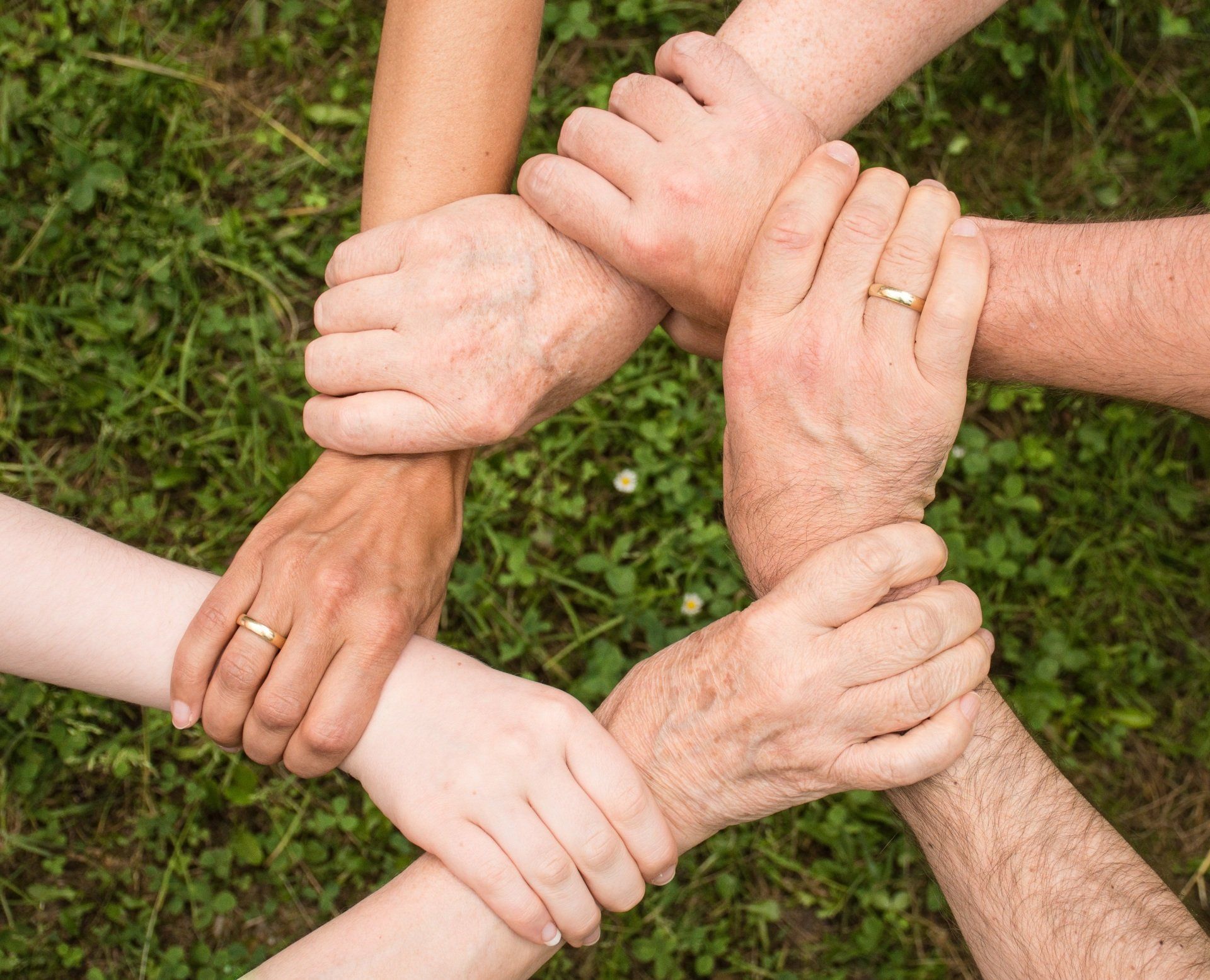
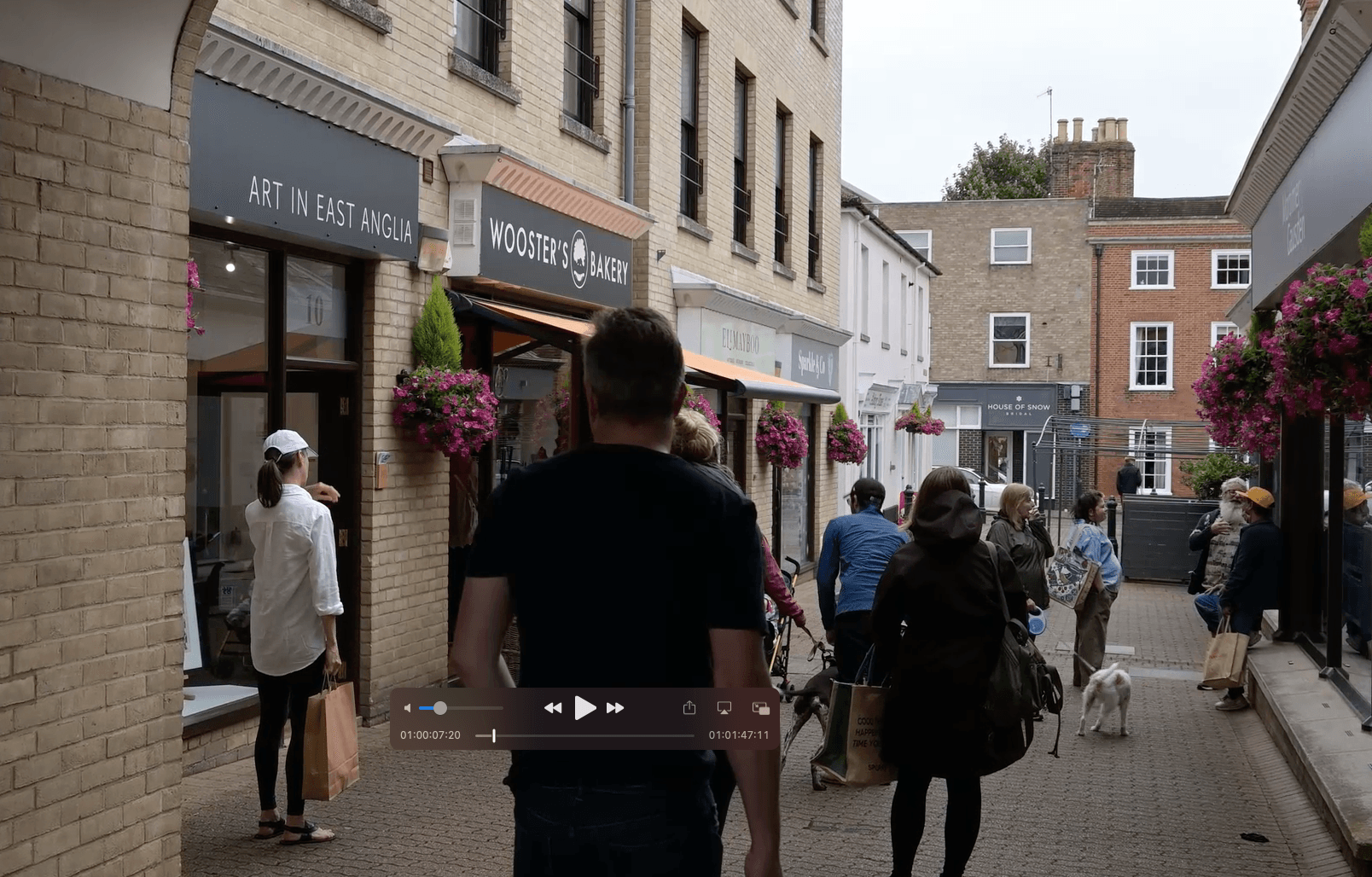
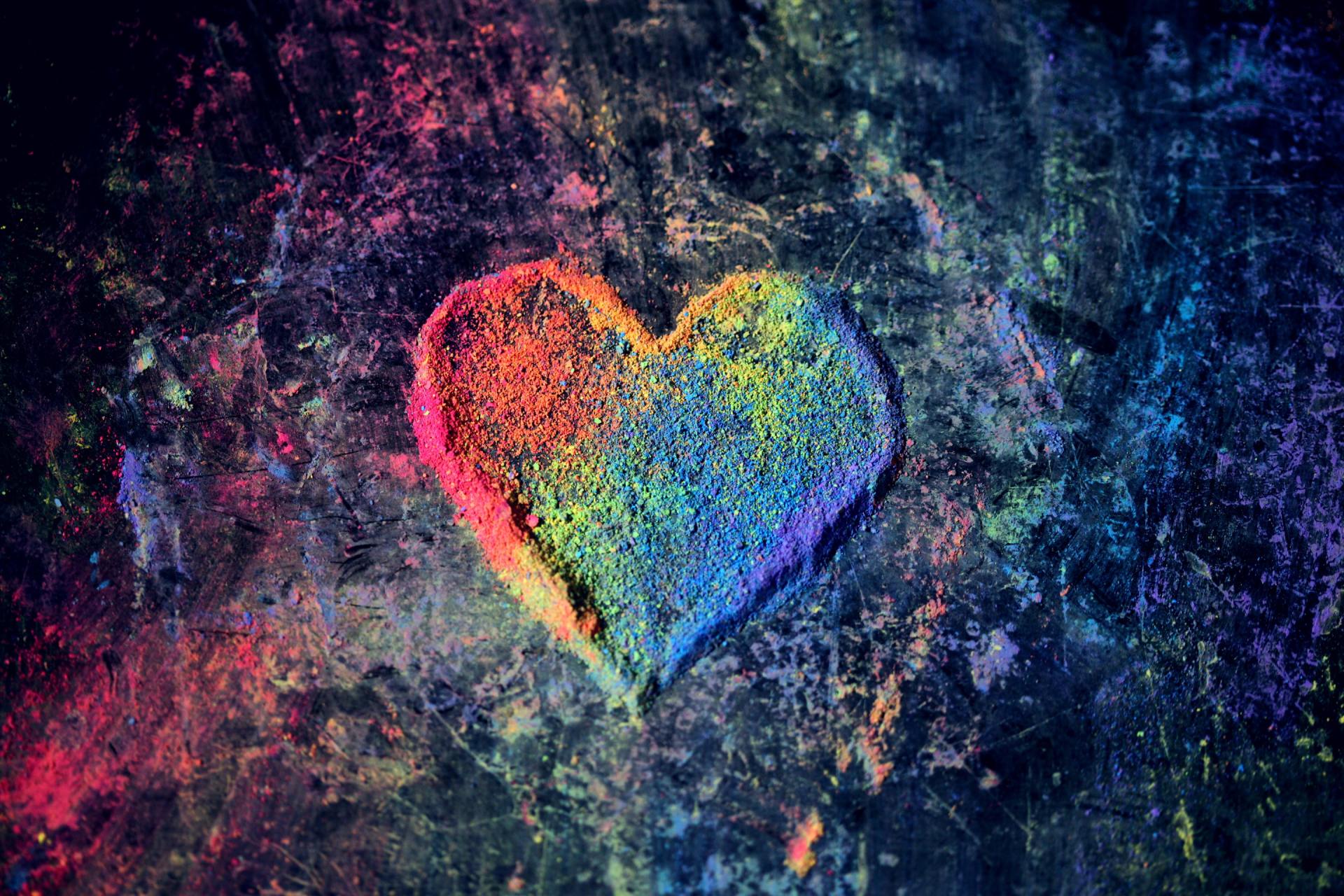
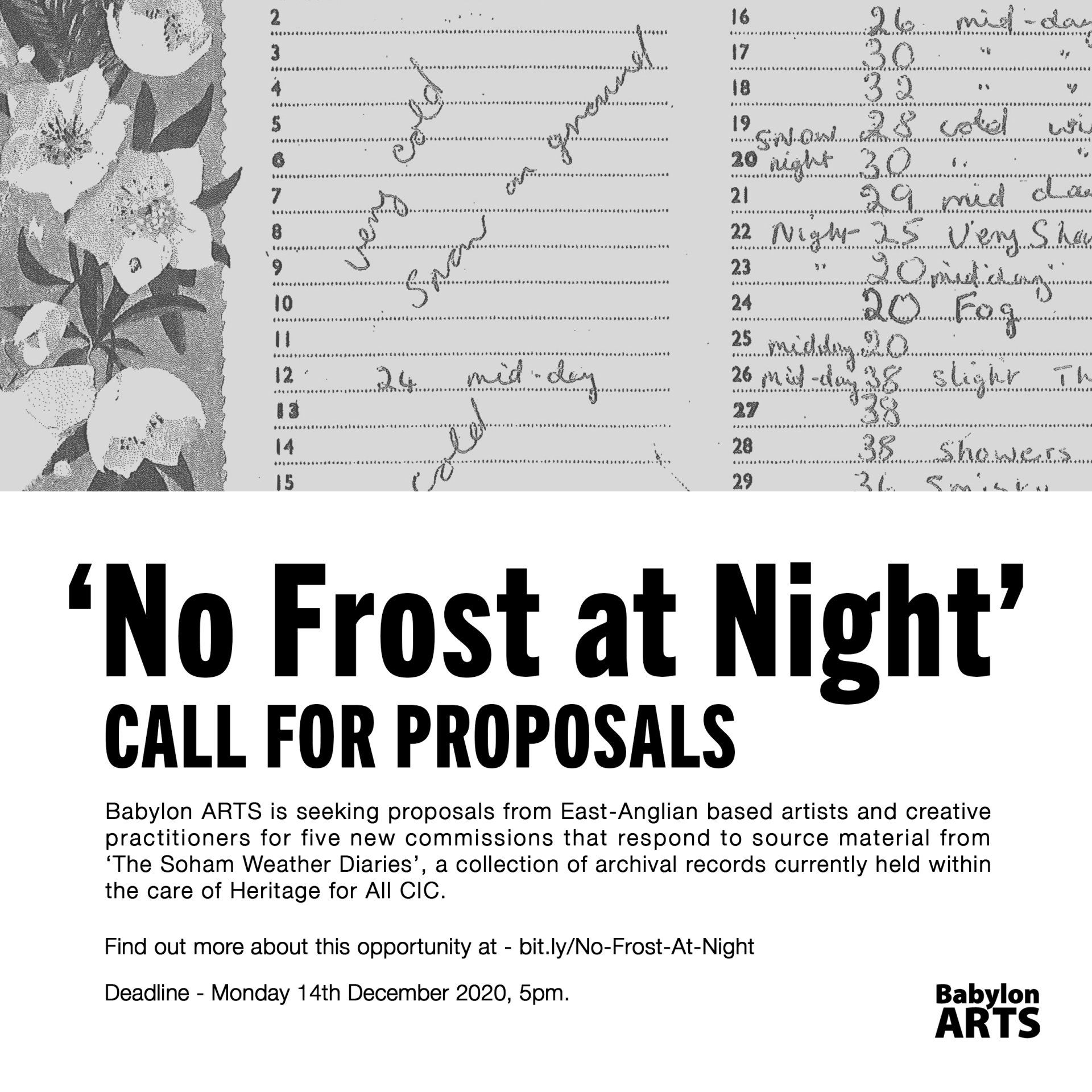
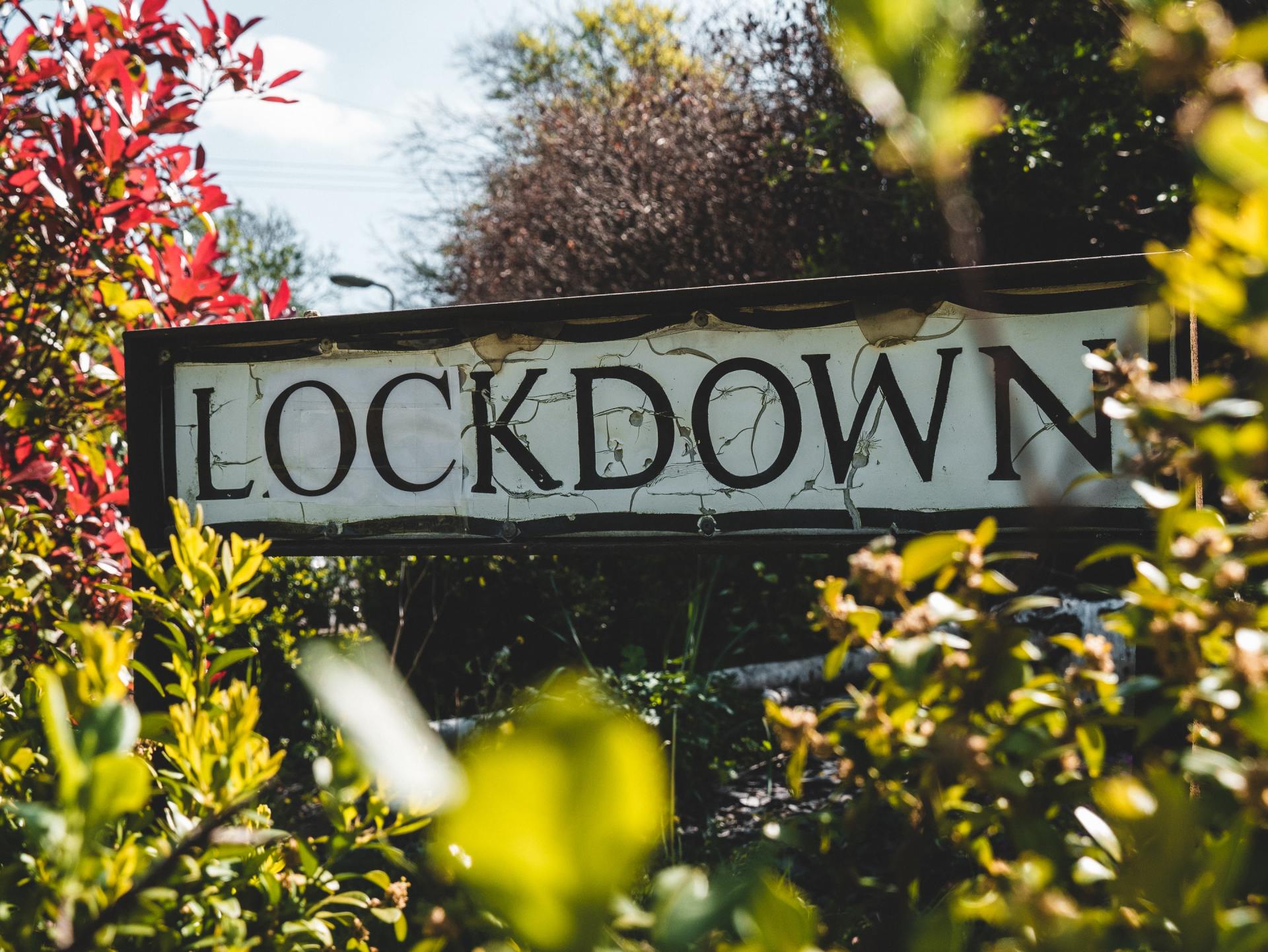
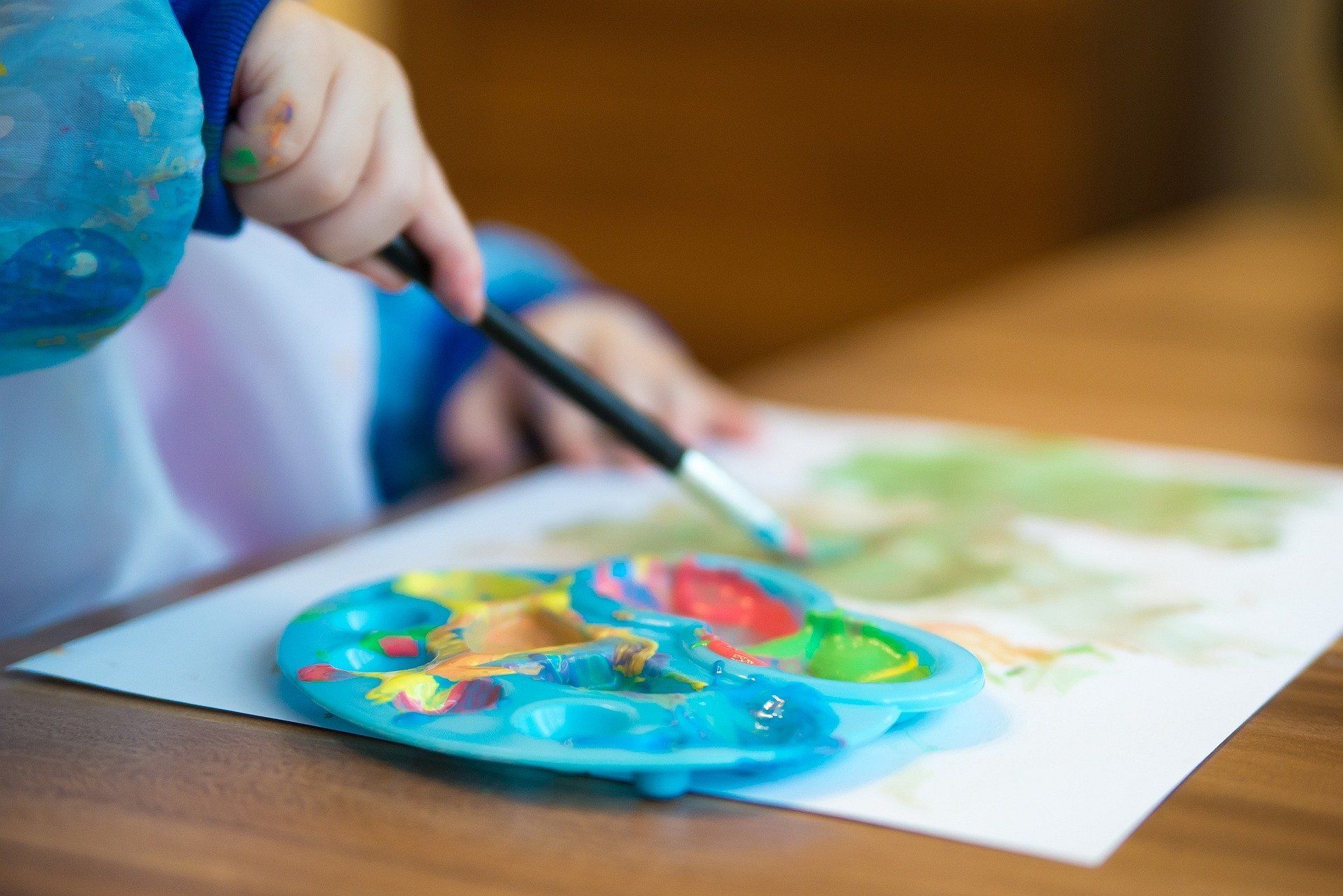
01359 256 327
info@artineastanglia.com
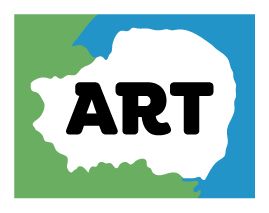
When lockdown bit, millions of us were left stuck at home, unable to go to work in the usual way. Once we'd finished cleaning out the house, de-cluttering the garage and making-do-and-mending, we started creating.
People who hadn't painted for years or made artwork since they were kids got busy with the canvas and brushes, chicken wire, metal tubing, found objects... you name it. And as a result of all the extra creative activity, plus virus-led supply chain issues, supplies of essentials started to dry up. But, like the creative souls we are, we soon found work-arounds, everything from strange, weird and wonderful media to simply using a strictly limited palette.
People have been using all sorts of cool and unusual materials to make artwork throughout the virus crisis. That's what being an artist is all about! We thought it'd be fun to take a look into limited palettes, and explore some of the unusual mixed media artists have been using during lockdown and beyond.
Using a limited palette
Plenty of artists already used a limited palette before the virus struck. All you really need is a blue, a red and a yellow to create many, many colours. A three colour primary palette will always give you weak colour rendering in one way or another. If you want lots of gorgeous pure purples, oranges, and greens, you'll need to add more colours. Luckily, just the one extra colour will often make all the difference. Maybe you could simply buy a tube of orange, for example, or purple. Alternatively, choose a six-colour primary palette instead, containing one warm and one cool version of red, blue, and yellow.
Monochrome palettes
A monochromatic palette is popular with people learning to paint. A severely limited palette of white along with either black or brown forces you to focus on the shapes of things, their form and texture, the way light falls on them, and the shadows they cast, all without the distraction of colour. Some limited mono palettes actually contain three colours, black, white plus another, providing a surprisingly wide range of shades to play with. Mastering an austere mono palette like this can help you build a good, strong foundation on which to paint confidently before you move on to colour.
Limited palettes containing cool and warm colours
Some limited palettes contain one warm and one cool colour, plus white. You might, for example, choose to use burnt sienna, ultramarine and white, which blend to create the full tonal range and can also give you lots of exciting warm-cool temperature variations. Again, it's surprising how rich and vibrant a piece of work can be when you limit yourself to just two not-particularly-vivid colours. It's interesting to note the optical illusions you get around colour temperatures, too. Warm shades tend to come forward in a composition, while cool colours fade back into the distance.
The Zorn palette
The Zorn palette is a beauty. Created by the Swedish painter Anders Zorn in the late 1800s, it concerns four colours. The passage of time means we're not 100% sure exactly what colours Zorn specified, but experts believe it was a blend of yellow ochre, vermilion or cadmium red, ivory black, and white. Together they create a remarkably complete range of colours. Ivory black can be made to look dark blue, and goes purple-ish when mixed with vermilion. You can use the yellow ochre to suggest green, another example. When you want lots of lovely, rich darkness and depth plus lovely subtle greys, Zorn is for you.
Saturated paints are best for delivering a wide range of strong, true colour
If you need to restrict yourself to a limited palette but still want plenty of variety, use good, strong, saturated red, blue and yellow paints, plus white. This gives you an extraordinary range of colours that can be incredibly intense as long as you don't compromise on the saturation of the paints you use. The more saturated the medium, the more jewel-like the colours you can achieve with just four tubes.
What if you run out of art materials?
When there's no acrylic, oil or watercolour paint available, there's always house paint. Interior emulsion paint has a slightly chalky texture, not as smooth or oily as acrylic paints but pretty good. Some artists never buy those fiddly little tubes of white acrylic, they just use white emulsion or white water-based eggshell paint instead. It's so much cheaper than a tiny tube, and it actually does a top job.
When you're desperate for texture, you can always add sand to your paint, or soil. You can try grass. Or sugar. You can use a glue gun to give your canvas or paper a texture, 'writing' with the glue to create 3d patterns. You can mix glue with paint and see what happens – depending on the type of glue you use, all sorts of weird and cool chemical reactions can occur.
If you've run out of paper or canvas, there might be a slab of plywood, fibre board, particle board, marine ply, even a sheet of glass or perspex kicking around in your garage. Painting on a sheet of glass gives you two surfaces to paint on, front and back, and you can let the work on the back be visible through the paint on the front. Does that inspire you?
You could paint on an old window, complete with frame. An unwanted flat computer screen makes an excellent canvas – just undercoat it with something suitable – acrylic, oil paint, house paint - and you're off. Paint on newspaper. Make art on the actual walls of your home, inside or out. Paint the shed, the outbuildings, the garage walls, interior doors, furniture, you name it. There are no rules. You can paint on anything you like.
As proved by the 1970s trend for horrible paintings of cute dogs and children on velvet, you can paint on almost any fabric. If it's too floppy, or the paint keeps soaking into the cloth, tape it to a board and give it a coat of PVA to make a decent painting surface.
No paintbrushes? If you can rustle up a few sticks and some human hair, or hair from your pet, or some string or wool, give it a go. That's the beauty of creativity. There are no boundaries, no rules, no restrictions... and that's great news when there's no yellow acrylic paint to be had anywhere in the known universe!
What have you been creating art with?
Did you run out of art stuff during lockdown? What did you use instead of regular art materials? And can you send us photos of your creations? We’d love to see what you've been up to. Feel free to
email us.






© 2022 – Art in East Anglia
Terms and Conditions – Privacy Policy – Cookie Policy
Please note all relevant creative assets of this website are the intellectual property of
LucidSynergy Ltd ©2018
*Due to popular demand we now include Essex as part of East Anglia (unofficially of course!)